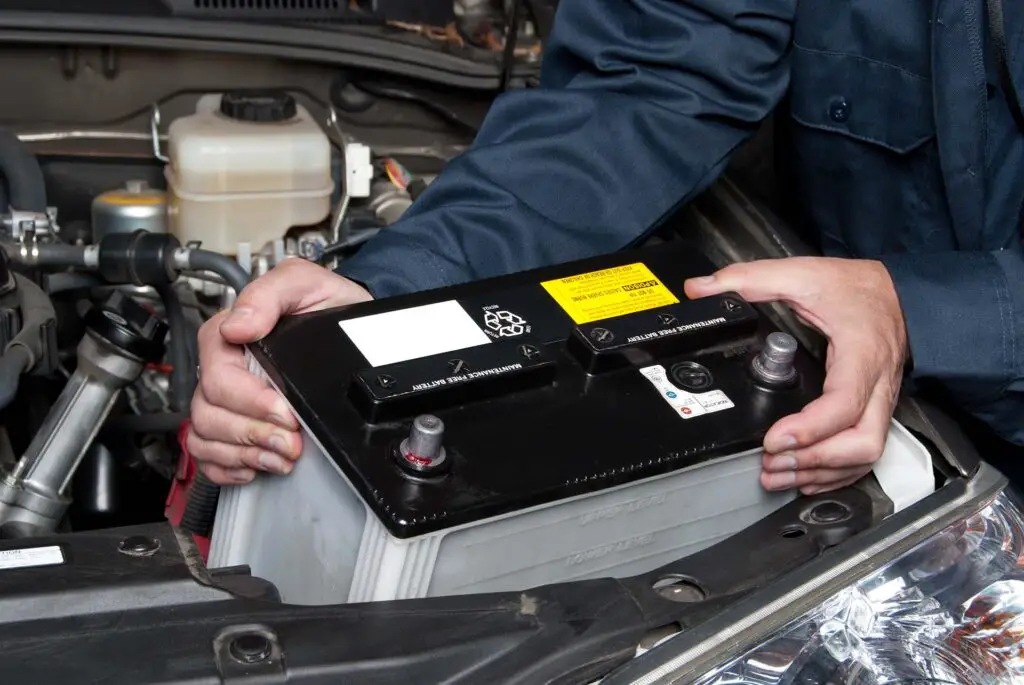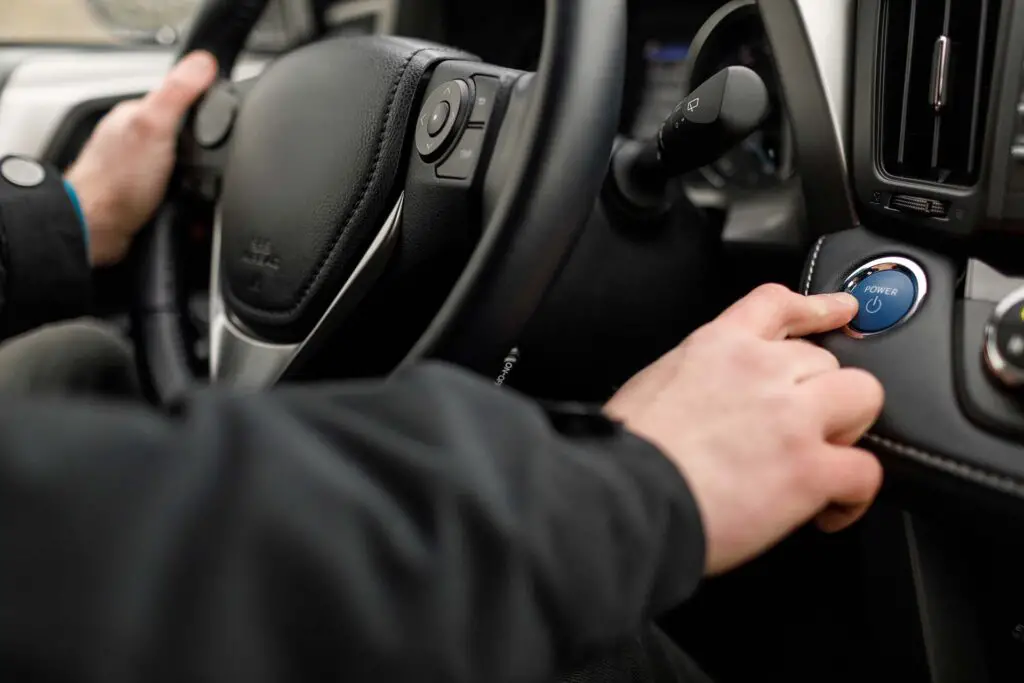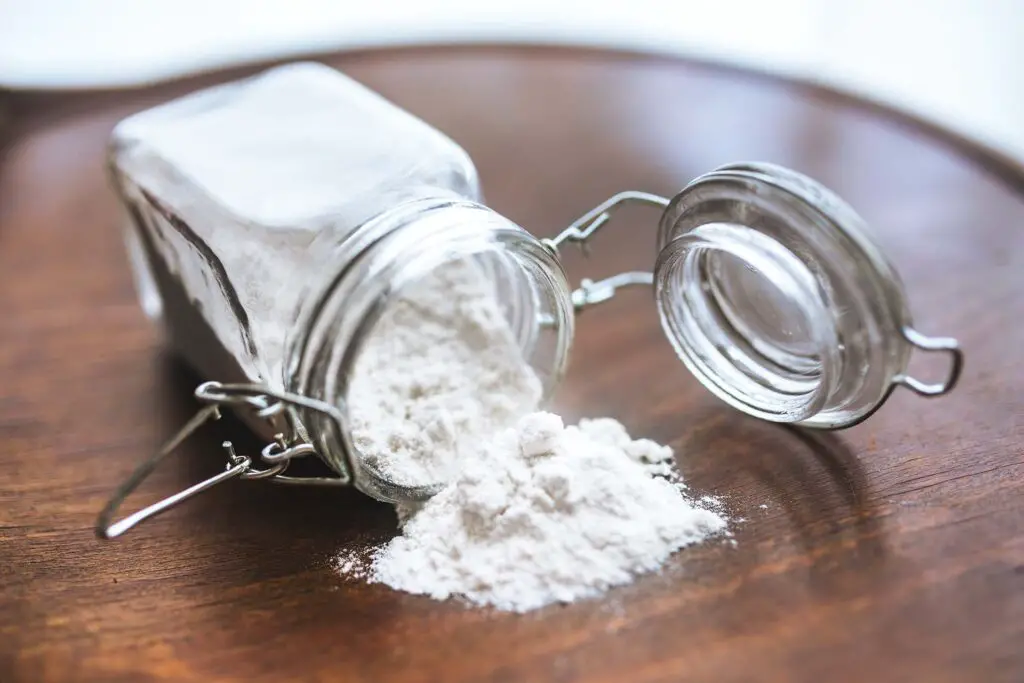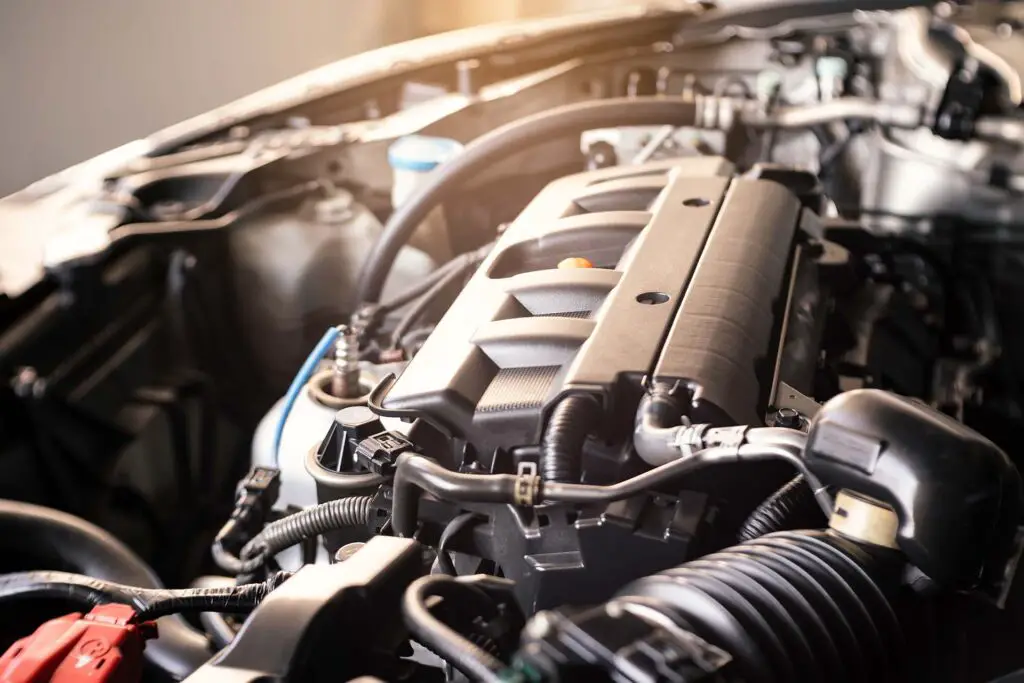Ever tried starting your car on a chilly morning and faced an unresponsive ignition? One sneaky culprit could be those crusty, greenish build-ups on the battery connectors. So, figuring out how to fix corroded battery terminals is not just a chore – it’s essential for keeping things running smoothly and safely. Let’s see what this repair is all about.
To treat the problem, safely disconnect the battery, then clean the terminals using a baking soda-water mixture or a commercial cleaner, scrubbing away residue. After that, reconnect the components in reverse order and apply protective agents like petroleum jelly. While DIY methods can be effective, severe cases might require professional attention.
The Dangers of Corroded Battery Terminals
Terminals play a pivotal role in the vehicle system, linking the car battery to the electrical system of the four-wheeler. They ensure energy flows seamlessly to power up various components, from the ignition switch to the electric radiator fans.
If these connectors get overshadowed by corrosion, it’s definitely not just a cosmetic issue. Here are some of the challenges you might face:
- A dip in performance – this might even lead to unexpected stalling,
- Leakage risks – can compromise the integrity of the vehicle components,
- Interruptions in the electrical system – potentially affecting lights, radio, and other electronic components,
- Difficulty starting the vehicle – especially in colder climates,
- Accelerated wear and tear – more frequent replacements of internal components.
When you take into account the possible safety concerns as well, like the unpleasant surprise of chemical burns when you least expect it, it becomes crystal clear – this problem should be addressed as soon as possible. From that point of view, learning how to fix corroded car battery terminals becomes a driver’s responsibility in its own right.

First Identify the State of Corrosion
When addressing any issue, the first step is to pinpoint the problem. When it comes to batteries, it’s essential to gauge how severe the corrosion is. This helps adopt the right approach to tackle the problem and avoid costly repairs down the road.
There Are a Few Visual Indicators
Often, corrosion manifests as peculiar deposits on the connectors. These could appear as white, blue, or even green powdery or crystalline substances. Such formations are a clear sign that all’s not well, and it’s crucial to understand the extent of this corrosion to address it effectively.
Signs of Weak Battery Performance Due to Corrosion
As already discussed, corrosion isn’t just an aesthetic problem – it has ramifications on how well the internal components function. But how do you know your battery’s performance is dwindling? Here are a few indicators:
- Struggling engine start,
- A persistent clicking noise when turning the ignition,
- Dimming headlights or interior lights,
- Electronics not working as efficiently.
- Dashboard warning lights flashing or staying lit,
- Slower power window operations.

Gather the Necessary Tools and Materials
Before diving into the task, it’s essential to have everything you might need within arm’s reach. It ensures a smooth process, reduces the chances of missing out on any step, and keeps everything organized.
Here’s what you’ll need:
| Tool/Material | Purpose |
| Baking soda and water | A home-made solution for removing the build-up |
| Commercial cleaner for terminals | A specially designed agent for removing the corrosion |
| An old toothbrush or wire brush | Assists in scrubbing away the crystalline deposits |
| Wrenches | Loosening and retightening each terminal |
| Petroleum jelly or dielectric grease | Ensures that the connectors remain corrosion-free |
| Rags or paper towels | Useful for cleaning and wiping away any residual matter |
You Can Get a Specialized Cleaning Solution or a Home-Made One
As you can see, there are two ways to go about removing the build-up – both serve the same purpose but in different capacities. The baking soda mixture is a tried-and-true home remedy that can effectively neutralize the acidic build-up. For example, commercial cleaners such as the LotFancy Battery Terminal Cleaners are specialized solutions designed specifically for this task. Your decision can be based on availability or preference, but rest assured, both can get the job done.

How to Fix Corroded Battery Terminals – Step-By-Step Guide
Alright, it’s time to roll up those sleeves! We’re about to dive into the process of how to fix corroded battery terminals on a car and get them back to their shining glory.
Safety Guidelines Should Not Be Overlooked
It’s paramount to keep safety at the forefront of this procedure. Slip on some gloves and protective eyewear – trust me, your hands and eyes will thank you later. Also, make sure you do this in a well-ventilated area, away from any open flames or sparks.
Disconnecting the battery is also a must. Here’s a step-by-step guide to help you do it right:
- Use your vehicle’s manual to guide you to the exact location of the component in question,
- Using a wrench, carefully loosen the nut on the negative (-) terminal and gently lift the cable off,
- Place the cable aside and make sure it doesn’t touch any metal part of the vehicle,
- Repeat the process with the positive (+) terminal,
- Position both disconnected cables in such a way that they cannot accidentally come into contact with the terminals during the cleaning process.

Preparing the Solution and Cleaning the Terminals
For DIY enthusiasts, crafting your own cleaning concoction is a breeze. Simply combine 4 cups of water with 6 tablespoons of baking soda. Once you’ve got your solution, apply it generously to the affected areas. With the help of an old toothbrush or perhaps a wire brush, work the solution in, scrubbing gently but firmly.
On the other hand, if you’ve opted for a store-bought cleaner, ensure you follow the product’s guidelines closely. These cleaners are crafted to offer precision cleaning. After applying, be it the homemade solution or the store-bought cleaner, a thorough wipe-down is crucial. Grab a rag or paper towel and ensure all remnants are gone, leaving you with connectors looking brand new.
Reconnecting and Protecting the Terminals
Once everything looks spotless and dry, it’s time to put things back in order. Begin by attaching the positive cable back to its respective post, followed by the negative one, effectively reversing the process you did at the beginning.
As a final touch to ensure longevity, a light coat of petroleum jelly or dielectric grease can be applied over each connection. This acts as a barrier, warding off elements that might want to settle in and cause similar issues down the road.

Tips to Prevent Battery Terminal Corrosion
It’s always said that prevention is better than cure, and the same principle applies when we talk about the connectors of your car’s energy source. Here are some of the practices you should incorporate into your regular maintenance routine:
Regularly Checking and Cleaning Terminals
It’s essential to periodically inspect and clear away any build-up around the connectors. This routine action can prolong their lifespan and maintain efficient energy flow, ensuring your vehicle remains reliable.
Using Anti-Corrosion Washers or Sprays
There are special washers and sprays available in the market, such as the CRC Battery Terminal Protector, designed to fend off unwanted deposits. Applying these products creates a barrier against external elements that might cause deterioration.
Having the Battery Properly Secured at All Times
A battery that moves around can lead to premature wear and an increased risk of unwanted deposits. By ensuring that your vehicle’s energy source is firmly in place, you reduce the chance of any unexpected issues related to movement.
Ensuring the Battery Caps Are Secured
The caps play a crucial role in maintaining the integrity of what’s inside. If they’re loose or missing, it can expose the inside to external contaminants. Hence, always make sure they are tightly in place, protecting what’s beneath.
Keeping an Eye Out for Acid Leaks
Any leakage can be a significant concern. Not only can this cause a decline in the performance of your car’s energy source, but it can also lead to early wear of surrounding components. Spotting and addressing any signs of leakage promptly can be a game-changer in prolonging the life of the entire unit.
Sometimes the Issue Is Too Severe to Deal With Yourself
While DIY remedies can be useful and budget-friendly, there are times when the situation demands a professional’s touch. It’s essential to recognize when the condition of the connectors or the energy source itself has gone beyond a simple cleanup. Here are some of the most common scenarios:
- Excessive deterioration – when the build-up looks like it has eaten away a significant part of the connector,
- Visible damage – any cracks, swelling, or deformities in the energy source itself can be a sign that it’s time for a professional replacement rather than a clean-up,
- Excessive leakage – while minor leaks can be managed, significant or recurring leaks need expert attention.
Turning to professionals in situations like these ensures the safety and longevity of your vehicle. Taking matters into your own hands without adequate knowledge can risk further damage, leading to potential malfunctions or even hazardous situations. Professionals possess the experience and tools to address severe issues, offering peace of mind that the job is done right.

Let’s End Those Pesky Terminal Troubles Once and for All
Tackling corroded connectors might seem like a difficult task at first, but with the right tools and knowledge, you can restore that reliable connection in no time. Just remember, it’s all about knowing when to roll up your sleeves and when to let the pros take over. Safe driving and happy tinkering!
If I See a Little Bit of Corrosion, Should I Be Alarmed?
While a minimal buildup isn’t a massive emergency, it’s a sign of what’s to come. Address it early to avoid bigger issues down the line.
Can I Use Any Household Items to Clean Battery Terminals?
Yes, a mixture of baking soda and water is a common household remedy. It neutralizes the acid and helps in removing the corrosion. However, ensure it doesn’t enter the battery cells to avoid complications.
How Often Should I Check My Terminals for Signs of Corrosion?
It’s a good practice to inspect your battery terminals every few months. Regular checks ensure early detection and timely maintenance, preventing potential disruptions in vehicle performance.








